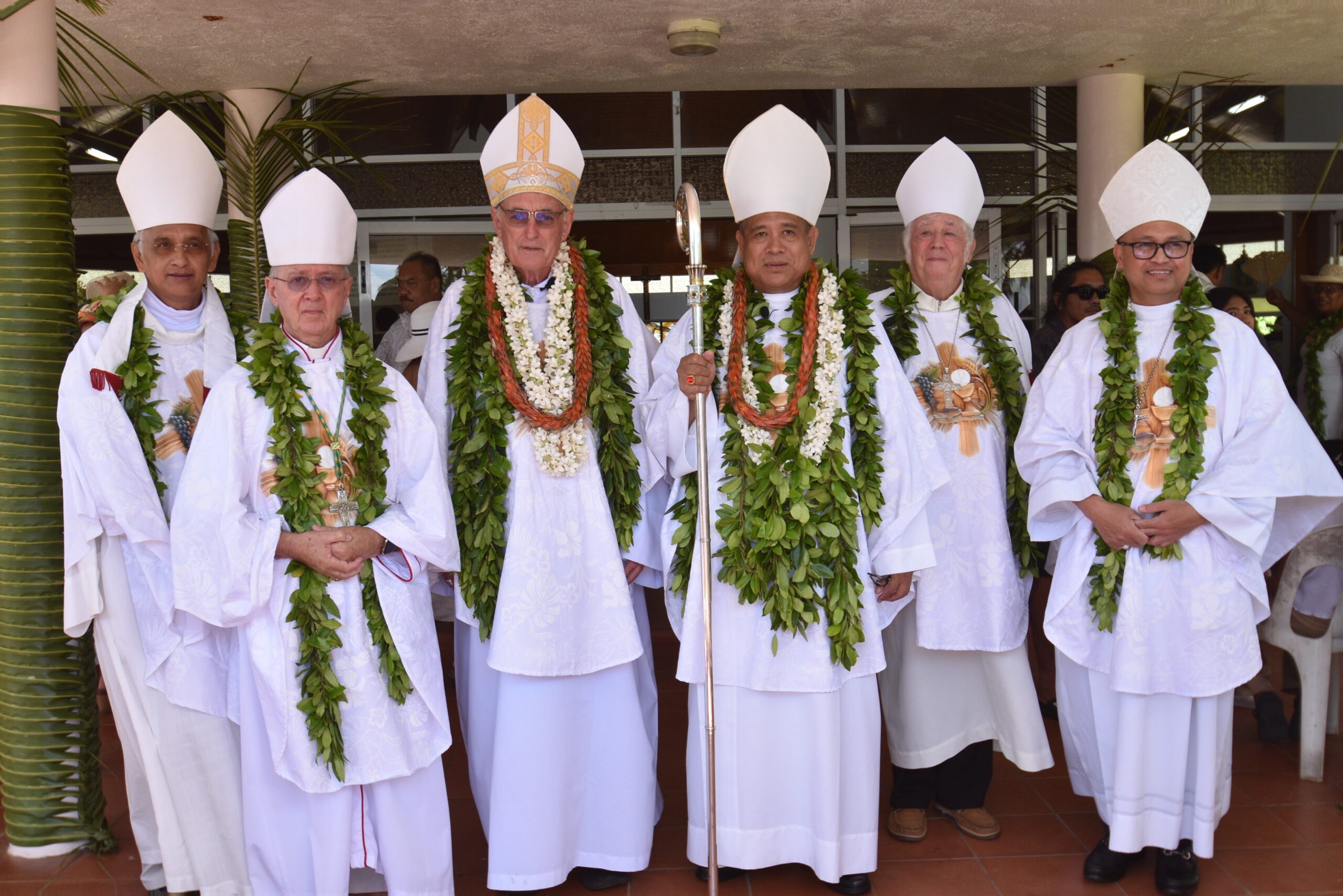Ruth Mave: Keeping an eye in the sky
Monday 17 July 2023 | Written by Ruta Tangiiau Mave | Published in Editorials, Opinion

Sky father Ranginui and earth mother Papatuanuku. YOUTUBE
A long time ago sky father Ranginui and earth mother Papatuanuku were bound so closely to each other their children lived between them in darkness.
Eventually they wanted to separate their parents so Tane Mahuta, God of the forest pushed his father upwards allowing the sun and light to come in between so the children could grow.
Tawhirimatea God of wind was so angry at his siblings that he tore out his eyes and threw them into the heavens where they shattered into a cluster of stars above named Matariki. short for Nga Mata o te Ariki Tawhirimatea – The eyes of the God Tawhirimatea.
In English it’s known as the Pleiades or the seven sisters.
Matariki is also thought to be the mother and her six daughters.
This is one of the brightest star clusters in the sky closest to earth.
It contains some 1000 stars, its radius stretches about 17.5 light years and it lies 444 light years away.
It looks blue in the sky because it is surrounded by a nebulosity of interstellar dust and gas.
This is illuminated by the stars giving a light scattering effect like the one that colours Earth’s sky blue.
When it comes to celebrating the legends and myths of indigenous cultures, it is a fascinating phenomenon that this particular cluster has similar roots and parallels connecting many differing cultures around the world.
Greek mythology says Orion the hunter liked the wife of Atlas, a titan who was condemned to hold up the sky for eternity away from his wife Pleione the goddess of ocean shipping, (he’s the guy depicted holding the world on his back), to protect the daughters, Zeus transformed them into doves, they escaped into the sky to become Pleiades.
Hawaiians call it Makalii – eyes of royalty, Japan calls the stars Subaru (explains their logo) it means come together.
China is Mao – the hairy head of the white tiger and India is Krittika, revered as the six mothers of the war god Murugan. Blackfoot and Cherokee tribes see the stars as orphans who did not do their ceremonial chores. Vikings Norse mythology called them Freya’s hens; Incas called them the seven kids and the Monache people tell of six wives who loved onions more than their husbands and now live happily in the sky.
Aboriginals believe it is a group of young girls often associated with sacred women’s ceremonies and stories. They also see Orion stars as a hunter chasing the seven sisters.
The Pleiades are mentioned in the Bible, Job 9:9 and Job 38:31.
Some scholars of Islam suggested that the Pleiades (Ats-tsuraiya) are the Star in Najm, which is mentioned in the Quran.
In this modern day of social media and uncle Google, it is of no surprise that the same stories exist, but how does centuries of beliefs from the far-flung corners of the world give the same explanation long before the telescope by Galileo 16th century and long before contact with Europeans?
Some astronomers believe the global myths may reach back 100,000 years.
Cultures recognize there are seven stars but only six are visible.
Astronomically the stars are slowly moving in the sky, with the Gaia space telescope, a simulation shows one star Pleione is now, so close to the star Atlas they look like a single star to the naked eye, whereas 100,000 years ago, it was further apart and would have been seen as two separate stars.
Anthropologists say all modern humans are descended from people who lived in Africa before they began their long migrations to the far corners of the globe about 100,000 years ago.
Could these stories of the seven sisters be so old? Did humans carry these stories with them as they travelled to Pacific Europe and Asia?
Matariki and the Pleiades mythology is a direct result of the power of story telling and the passing of knowledge to descendants, weaving the details into parables and songs so they continue to exist centuries later.
We have story tellers still alive and willing to share. We have technology to preserve these memories, what we don’t have is the support of our own cultural ministry for these to be carved into our historical consciousness.
We were able to see our multi award winning films here for free due to the generosity and belief in culture by the New Zealand High Commission.
Meanwhile, our culture ministry supported a visiting American gospel singer.
Maybe they prefer the missionary’s message to our historical indigenous culture?
Matariki stars were, and still are an important part of navigation for the Pacific sea voyagers, and they continue to be handed down by our own vaka Mata atua.
Our culture ministry need to support our knowledge keepers before they leave to shine with the stars.









































